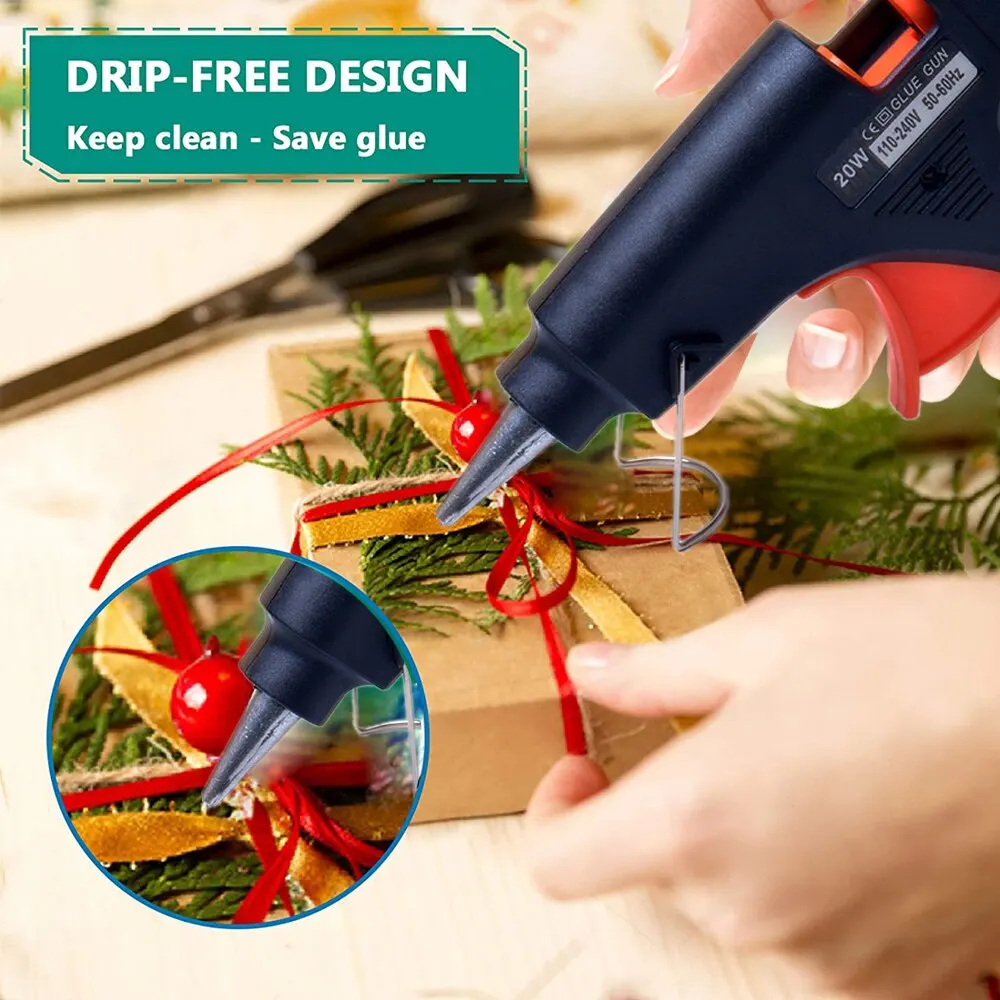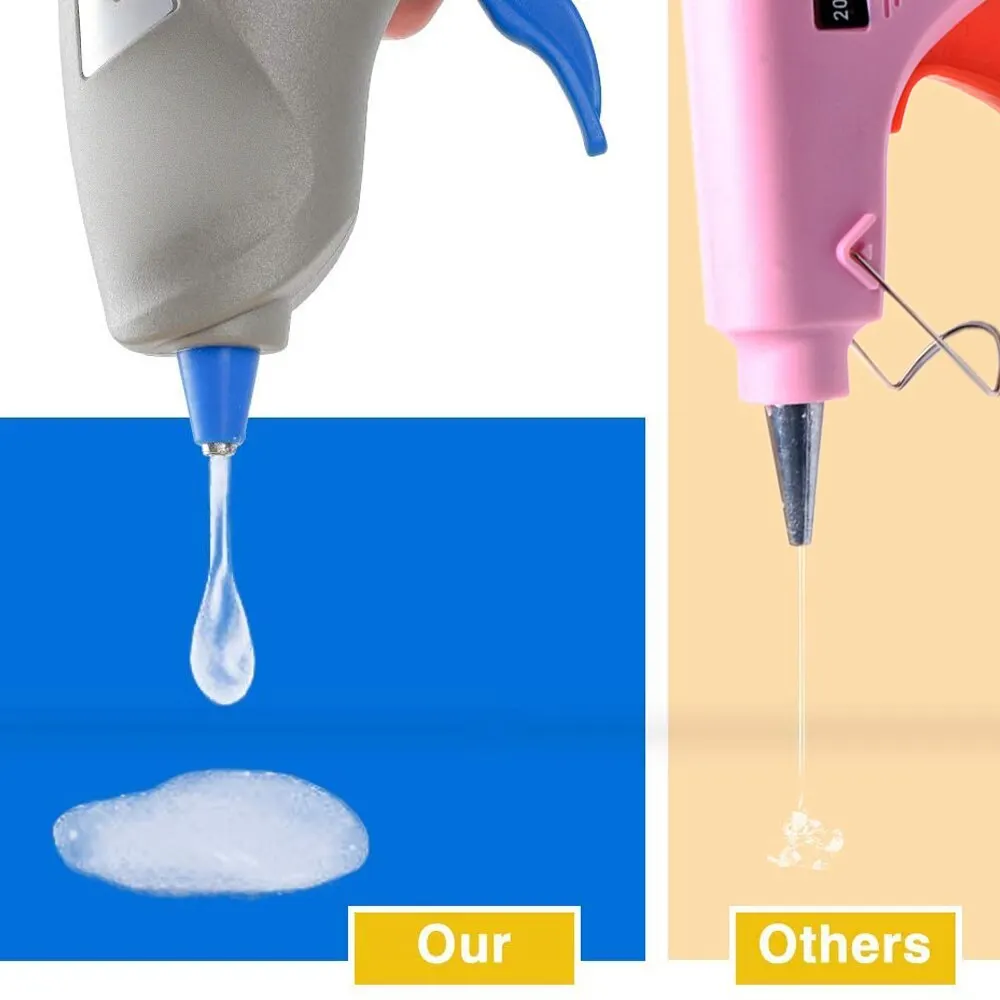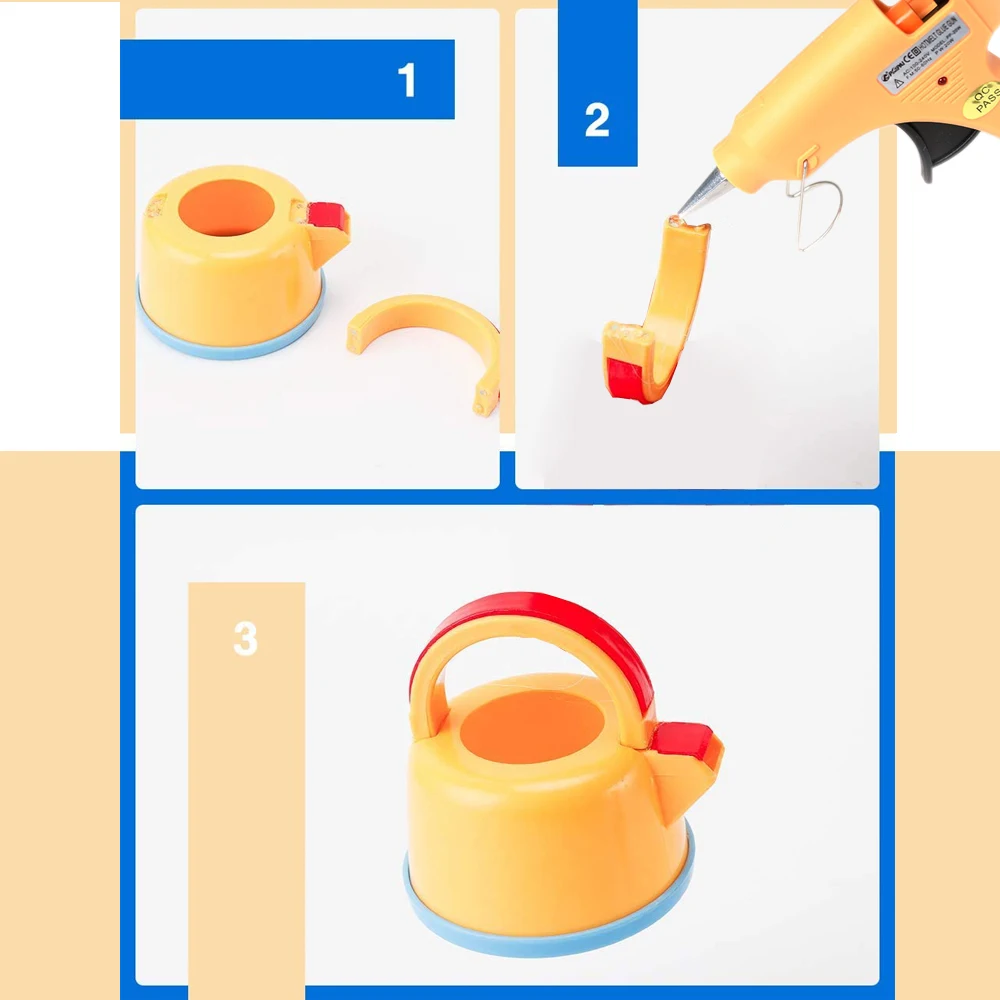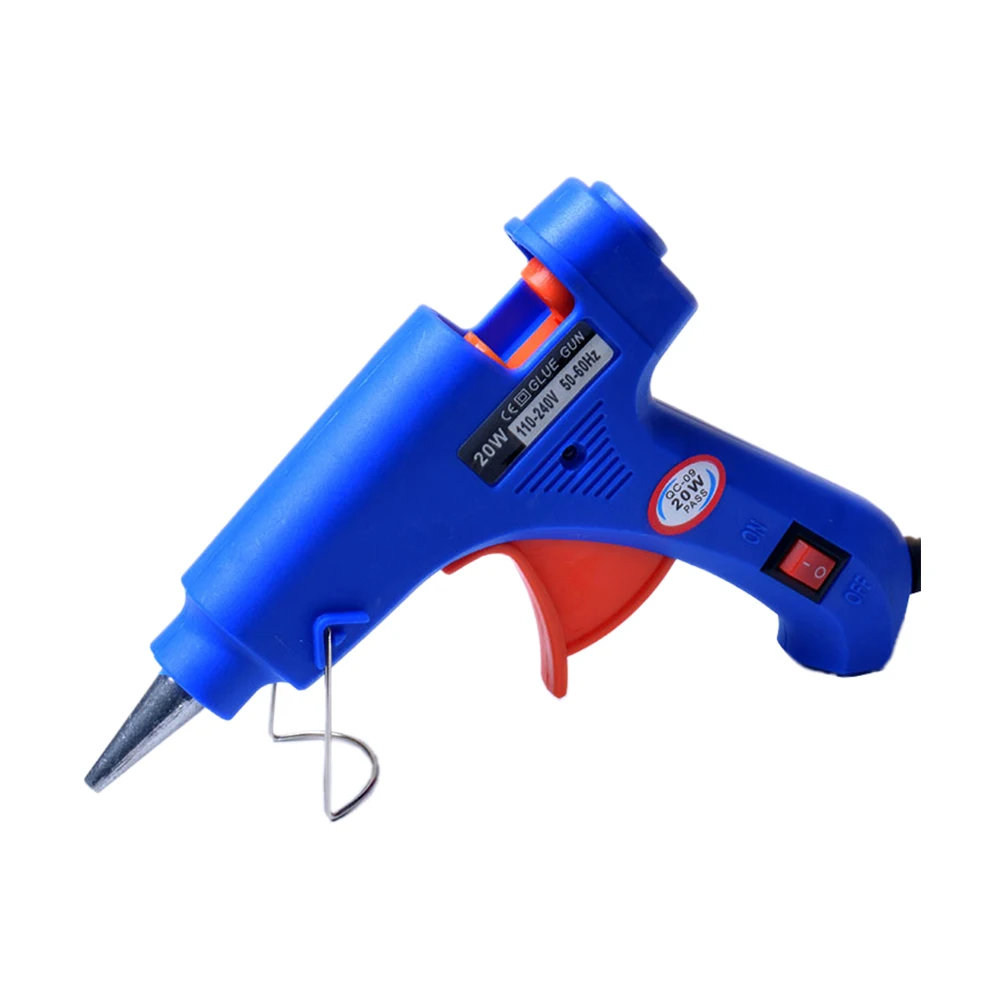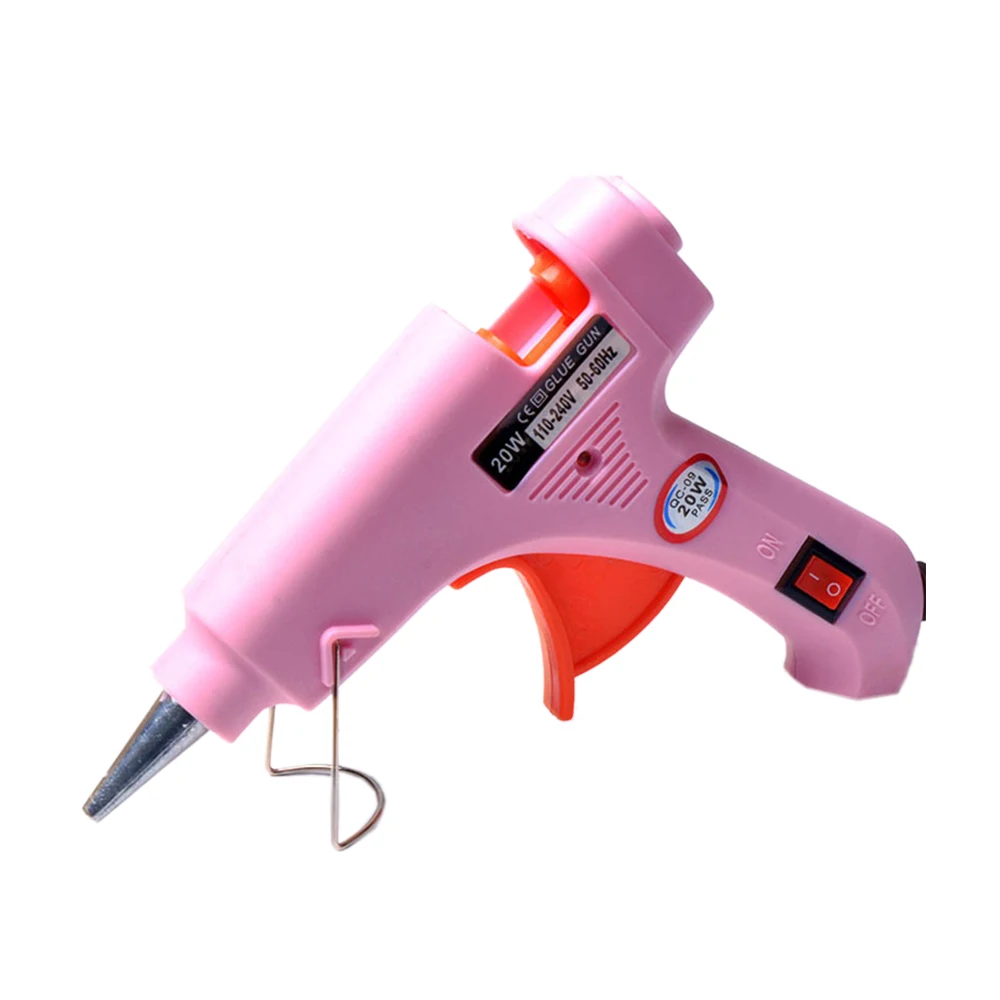Electric Hot Air Gun for DIY, Crafting & Professional Use | OurLum
Versatile Electric Hot Air Guns for DIY & Professional Use
High-Quality Electric Hot Air Guns
Powerful Heat Tools for Shrink Wrapping & Paint Removal
Adjustable Electric Heat Guns for Precise Control
Multi-Use Hot Air Guns for Crafting & Industrial Projects
Shop Electric Hot Air Guns at OurLum
Discover the power of the electric hot air gun at OurLum, designed for versatile applications from crafting to industrial use. These powerful high-quality heat guns offer precision and control, making them perfect for shrink wrapping, paint removal, and detailed DIY projects. With adjustable temperature settings, these tools are engineered to handle a variety of tasks with ease.
Our adjustable electric heat guns are built with user comfort in mind, featuring ergonomic designs for reduced hand fatigue during extended use. Equipped with robust safety features and rapid heating technology, these hot air tools ensure efficiency and safety on the job. Choose OurLum for top-performing multi-use hot air guns suitable for crafting, repairs, and more.
Key Features and Benefits
- Adjustable Temperature Control: Tailor the heat to suit your specific project needs.
- Ergonomic Design: Comfortable grip for prolonged use without strain.
- Quick Heat-Up: Achieve optimal temperature quickly for efficient performance.
- Durability: Built to withstand frequent use with robust materials.
Perfect for DIY enthusiasts and professionals alike, OurLum’s electric hot air guns bring you both performance and reliability. Explore the full range and find the right tool for your next project!
Shop electric hot air gun, high-quality heat guns, adjustable electric heat gun, multi-use hot air gun, heat shrink tools, heat guns for crafting, paint removal heat gun, industrial heat tools, durable electric heat guns, and fast heating hot air gun at OurLum today.














